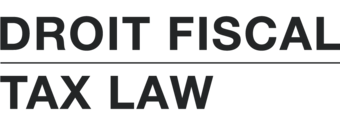In a recent decision of the Tax Court of Canada (“TCC”), the Court dismissed the taxpayer’s appeal of a GST assessment for uncollected GST on the sale of a new house.
Can Break Fees “Reasonably Be Considered” to Have Been Received as an Inducement? (Revisited)
The Federal Court of Appeal (“FCA”) recently released a judgment[1] dealing with the tax treatment of “commitment fees” and “non-completion fees” (also known as “break fees”). The style of cause refers to Glencore Canada Corporation (“Glencore”). Glencore is a successor to Falconbridge Limited (“Falconbridge”).
Alternative Basis or Argument, But Within Limits
When an appeal is instituted before the Tax Court of Canada, the Crown is not limited to the position the Canada Revenue Agency (“CRA”) took in support of the assessment.
You Have to Attend Your Own Appeal
A recent decision of the Tax Court of Canada deals with the situation of a husband who transferred money to his wife while having an outstanding tax debt balance. The CRA therefore went after the wife (the appellant in this case) to claim that money back.
Les demandes faites dans le cadre du Programme des divulgations volontaires sont une course contre le temps
La contribuable dans un récent jugement a immigré au Canada en 1974. Lorsqu’elle est venue, elle détenait déjà des actifs en Suisse. Elle n’a jamais déclaré ces actifs ni les revenus générés par ces actifs. Lors d’un voyage en Europe, alors qu’elle traversait la frontière franco-suisse le 18 juillet 2014, les autorités françaises ont découvert des relevés d’une banque suisse dans sa voiture.
